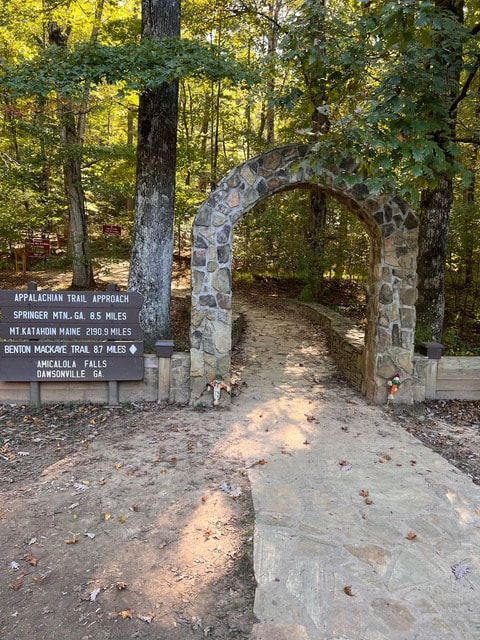AboutGainesville, Florida, certified tobacconist Cory Carnley of Gainesville supports cigars and cigar users. He holds bartending and responsible vending qualifications. Responsible vending, a voluntary Florida initiative, promotes businesses to sell alcohol responsibly, preventing underage sales and intoxicated driving.
Expertise Carnley possesses transferable skills and expertise. Tobacco, Hospitality Carnley's tobacconist accreditation proves his tobacco and cigar expertise. Certification covered blending, storage, and choosing. He may also assist beginners in selecting and developing their likes for tobacco and accessories like humidors, cutters, and lighters. His tobacconist talents may boost goods and customer experience at industry outlets and venues and provide unique tobacco product marketing insights. He blogs about tobacco. Carnley's bartending and responsible vending certifications add depth. Reliable vending certificates assist restaurants, bars, groceries, convenience shops, and caterers. Responsible vending qualifications help lower insurance expenses. Bartending and ethical vending enhance his tobacconist qualification. They give him the qualifications for a premium booze and cigar establishment job. Entrepreneurial marketing Cory Carnley of Gainesville is an entrepreneur and marketer who makes a solid life from his travel blog. He specializes in affiliate marketing and guest posting to grow a following. Sponsored links and SEO boost his blog. He builds backlinks by advising digital reporters and posting on YouTube. He can advertise cigarettes and other industries. Cigarettes On his 18th birthday, Cory Carnley smoked his first cigar. He started playing with cigarettes and accessories. He studied consumer goods and tobacco. He knows quality cigars, cigarillos, "gas station cigarillos," chewing tobacco, cigarettes, dipping tobacco, hookahs, nasal snuff, pipes, and pipe tobacco. He loves quality cigars. He joined Cigar Rights of America, a premium cigar advocacy group, because of his hobbies. The association supports the business by respecting state smoking venues and dealer laws. The organization's youngest member. He thinks more young professionals joining the group will boost its ability to contact legislators and the public. He may socialize with other cigar enthusiasts via the association. Adventurer Gainesville resident, Cory Carnley of Gainesville, loves domestic travel. His travel blogs, which have many followers, enabled him to transform this love into a business. He started exploring by packing a backpack. Freelance photography and writing paid for his excursions at first. He may now fund his next trip with sponsored initiatives and ads. He prefers exploring his own country. He visited 44 states, including New England, the Midwest, and the Southwest. Travel has given him a fresh perspective on the US. That also helped him appreciate the nation. He believes choosing his next travel blogging trip is the hardest part. Yet, his following stops—Idaho, North Dakota, and Wyoming—are more straightforward. He travels, blogs, and takes photos. Entrepreneurialism Cory Carnley warns that his lifestyle is not a lengthy, beautiful vacation. Entrepreneurs and bloggers must work hard to succeed. It needs further study. Like any entrepreneur, he reads, investigates, and plans when not writing. Nonetheless, Carnley routinely blogs about how other travel bloggers might improve their businesses based on Cory Carnley of Gainesville's experience. |

